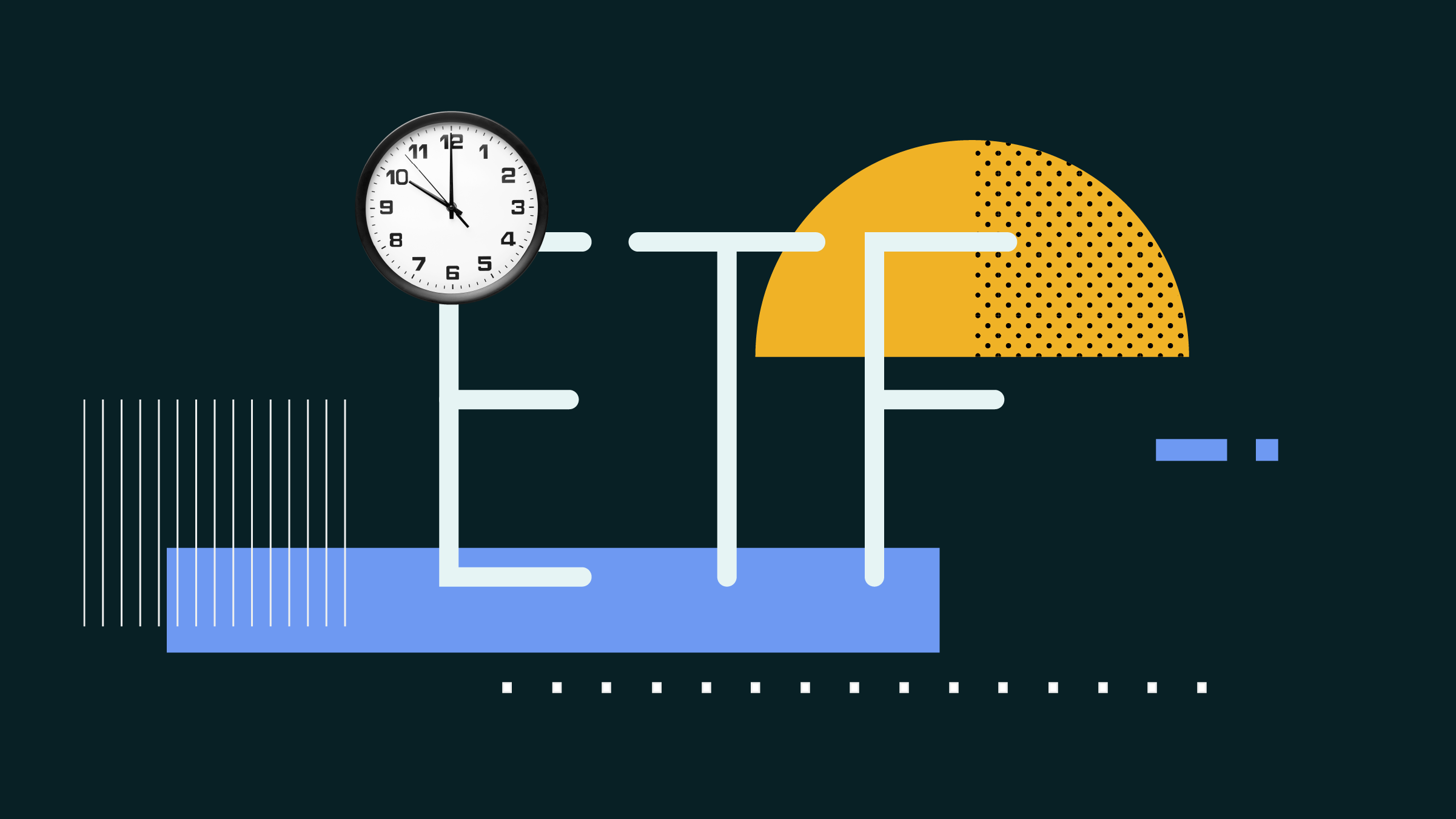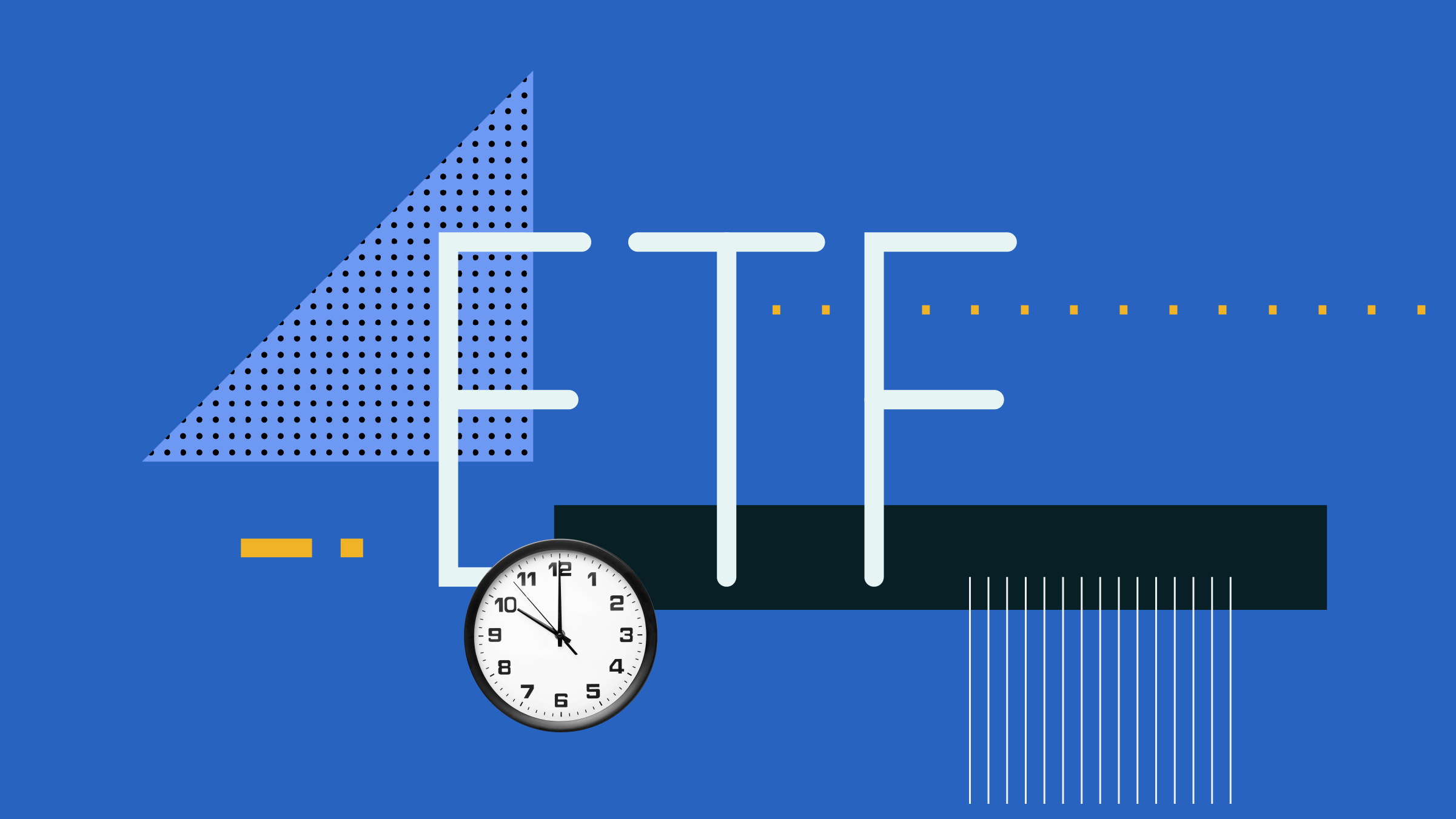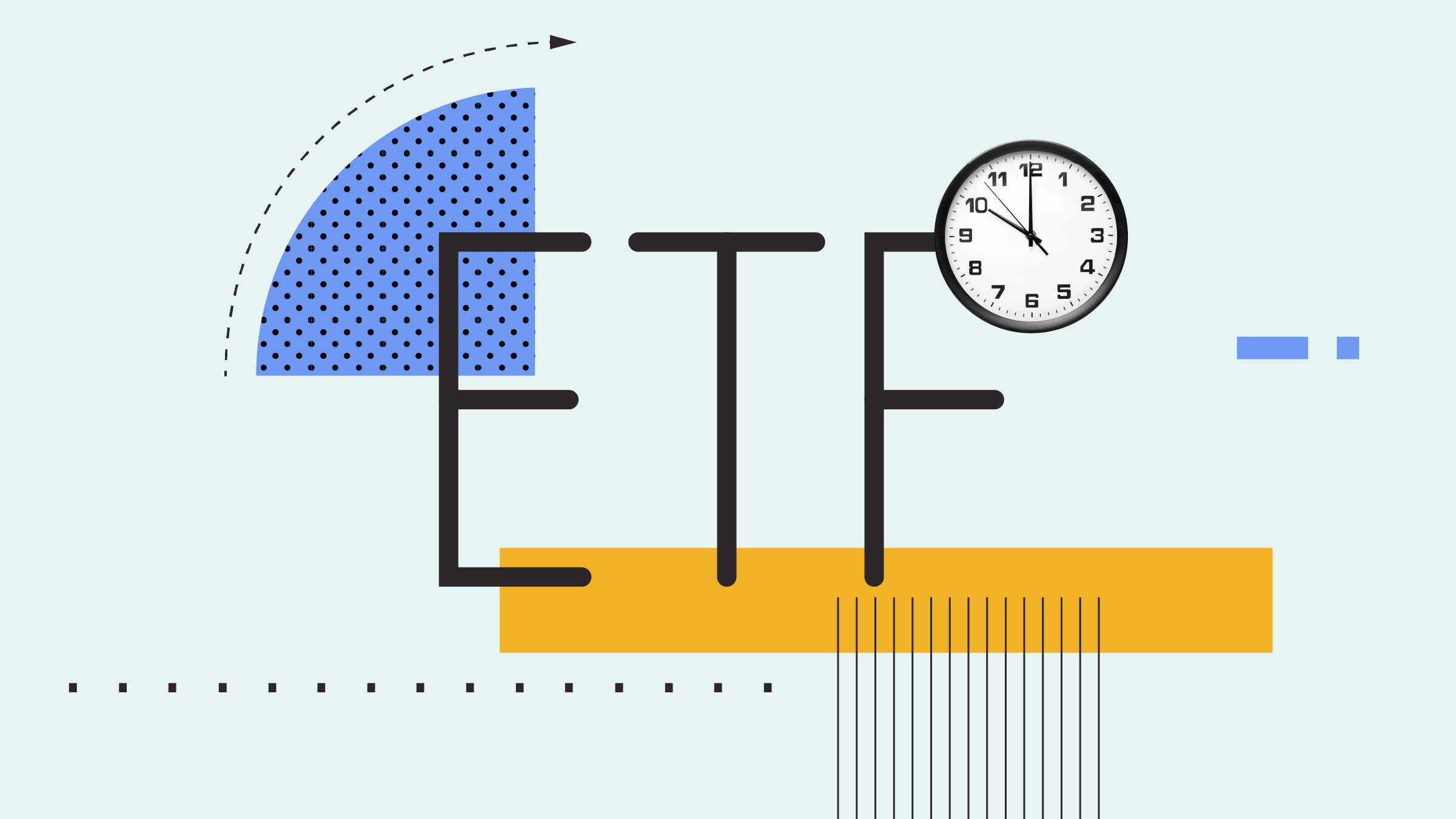Note: This article is part of Morningstar's September 2015 The road to retirement special report.
Your retirement is a time of transition, when many aspects of your life will change. But is there anything special about this time as it applies to what type of investments you hold from that point onwards?
Most investment portfolio recommendations for individuals follow a declining "glide path" of stock market exposure as they age. Younger people receive advice to hold more stocks; older people are counseled to hold fewer. The shape of that glide path differs depending on what risks are being emphasized.
At the clichéd (and arbitrary) retirement age of 65, the life expectancy of Canadians is about 20 years. That means half the population retiring then will require retirement income for longer than two decades. In a sense, a newly retired person may still feel like a long-term investor under no immediate pressure to adjust their investments. The glide path for this person could be a result of following a simple and common planning rule of thumb such as "100 minus my age as a percentage of my investments in the stock market." To this investor, the glide path passes through retirement with no change beyond the one they make every year. Implicit in this belief is that there is nothing particularly special about the act of retirement.
In contrast, some planners observe that, from a financial perspective, the riskiest day of your life is the day you retire. After all, it is at this point that you have the longest period to fund in retirement, and perhaps it is also when you have the most assets, and the most assets to lose.
There are two types of investment recommendations that arise from this viewpoint. The more mainstream of the two is that the date of retirement coincides with the low point of recommended stock market exposure as a percentage of total financial assets. That low (but not necessarily zero) watermark would then be maintained throughout one's retirement years. For this person, the glide path would have an easily observable shift on retirement day, changing from downward sloping before retirement to a horizontal line thereafter.
Less common is the belief that when a regular income is taken from an investment portfolio in retirement, a rising equity allocation over time could be appropriate. Much of the justification for this is to address sequencing risk--the realization that the initial or early set of investment returns have a significant effect on the long-term success of a retirement plan, and that the response to that risk is to be more conservative as an investor in the early years of retirement. A glide path for this belief would follow a downward slope until retirement, but could actually then increase again after that point.
In Morningstar's view, a person's "total wealth" is made up of their financial capital and human capital. At the point of retirement, financial capital is (hopefully) strong, the result of a diligent savings and investment plan during the working years. Human capital is generally the present value of a person's future ability to earn an income. At retirement, some human capital may still exist, given that we may retain the option to go back to work in our retirement, and we may have deferred employment income accumulated in the form of a government and/or a corporate pension. However, it is diminished relative to our earlier working years, which means that it acts as less of a buffer to risk to our financial capital.
People face financial risks throughout their lives, but the nature of those risks, and how to deal with them, evolves over time. One of the biggest shifts a retiree makes is from mortality risk--where the worry is about dying prematurely and leaving dependents financially destitute--to longevity risk--which is the potential for a person to live longer than expected. In retirement terms, this is the risk that you could live longer than the point when your financial assets are depleted. For those in or nearing retirement, the fear of outliving assets is sometimes cited as a bigger worry than death itself. The stylized responses to these risks differ: for mortality risk, life insurance is often cited as the solution. For longevity risk, a guaranteed lifetime income, perhaps in the form of an annuity, could be part of the answer.
The risk shifts are not always from one risk to another, but sometimes in how to deal with the same risk on one side of retirement versus the other. For example, before retirement, the primary way individuals deal with expense risk--the risk they will be unable to pay their current expenses--is via their human capital in the form of labour income. Expenses tend to rise as time unfolds due to inflation. Labour income often does the same in the form of cost of living adjustments, merit increases and promotions. In retirement, expenses continue and inflation remains a factor, but there is no longer a labour income to meet the expense risk. Instead, ongoing expenses must be met from accumulated financial capital, and that capital should be invested more toward assets that produce current income and/or act to protect against the effects of inflation. Within fixed income, this means considering more bonds with shorter duration, higher cash holdings and more real-return bonds. Within equities, it means more focus on larger companies, and more focus on yield such as higher dividend payers and REITs.
Your retirement day is important on many levels. Like any major life transition, your perspectives could change. Some of those changes could be more visible, such as the transition from focusing on total return to a greater focus on generating current income. Others are more subtle, but equally important, such as the necessarily greater reliance on financial capital as human capital diminishes as a proportion of your total wealth. Certainly, there will be changes in which risks you choose to emphasize, such as mortality risk before retirement and longevity risk after retirement.
No doubt, you'll have thought about what to do with your time when you have moved past the responsibilities of your working life. It is also a great idea to think about what to do with your investments.




















